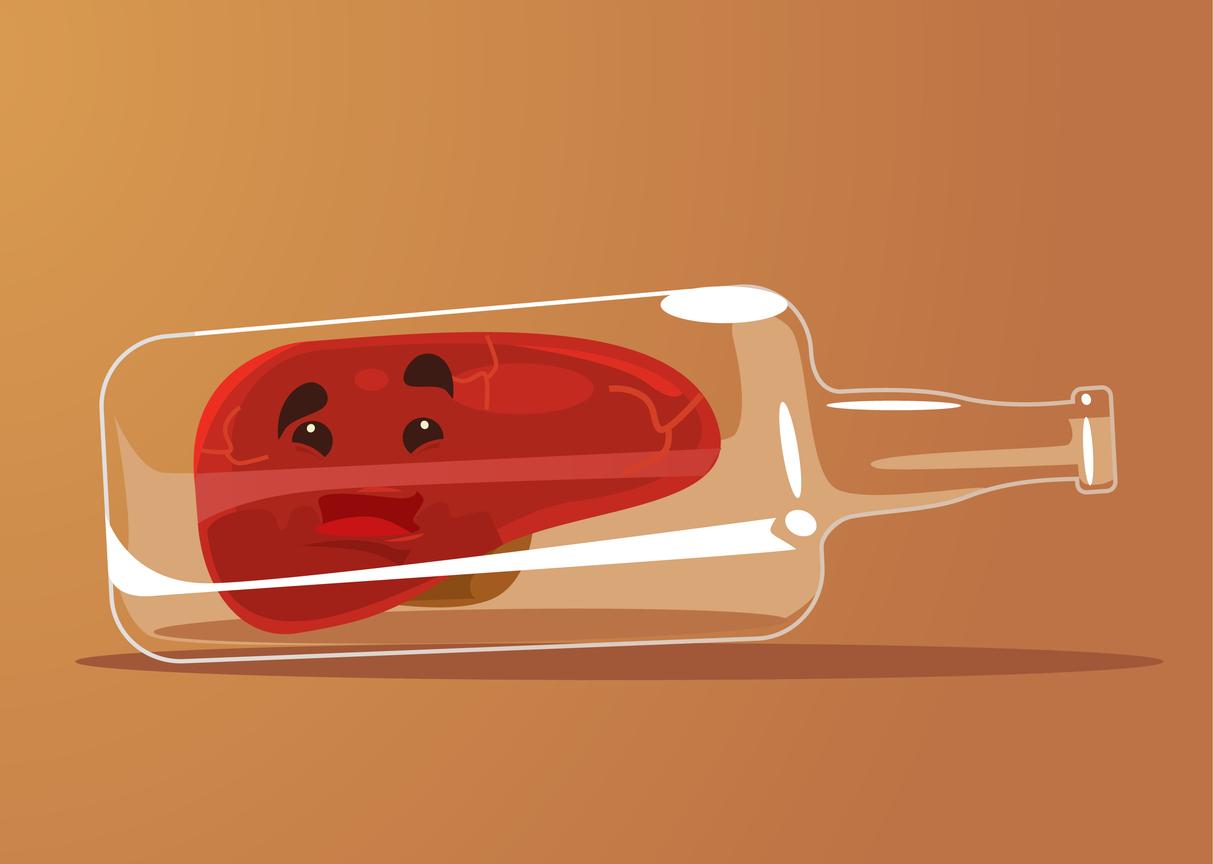Despite obesity, the food industry has doubled the volume of many food packages sold in twenty years. The British Heart Foundation is concerned about this trend.

In Great Britain, one third of children and two thirds of adults are overweight. Perhaps the fault is the food portions sold in supermarkets which have visibly doubled in size in the space of twenty years. This week, the British Heart Foundation (BHF) has indeed launched an alert on these increasingly bulky packaging which pushes consumers to eat more and more. Often with overweight or obesity as a result …
Portions that encourage you to consume more fat
To reach this conclusion, the BHF compared the serving sizes of 245 products sold today, with those appearing in a 1993 government publication that listed standard portion weights sold in supermarkets in Britain at that time.
“And the results are worrying,” according to the Foundation. For example, the quantity of a curry chicken in a prepared dish has doubled in the space of twenty years. The same goes for many pies ready to reheat in the microwave.
Finally, some packages of cakes or crisps have also increased their volume considerably. For the BHF, this trend would be linked to the increase in obesity because “these ever-increasing amounts cause people to consume more fat. “And eating more does not only promote overweight, but also in the medium or long term, diabetes or cardiovascular disease, worries the Federation.
In addition, many prepared meals have an excess of salt. It is a risk factor for arterial hypertension, cardiovascular diseases but also stomach cancer. If it is present in too much, it also promotes mineral loss and becomes a problem during growing children or at the age of osteoporosis in a woman.
Labeling that is not very transparent
In their research, these doctors also found that today’s food labels have not been updated at all when it comes to serving size and the amount of calories in a package. As a result, it is difficult for UK consumers to control what they eat and therefore monitor their calorie intake.
In addition, the Federation is taking advantage of this publication to issue new recommendations. Among them, the BHF advises the British Ministries of Health (England, Wales, Scotland, Northern Ireland) to carry out a complete examination of the size of the portions sold in supermarkets. Once these results are published, nutritionists will have to recall the average portion deemed reasonable for a particular food, she says. Finally, the BHF insists on the efforts that manufacturers will have to provide. “The food industry will have to update and standardize its labeling. The aim of the measure is to allow an informed and transparent choice for the consumer, ”she concludes.
.

















